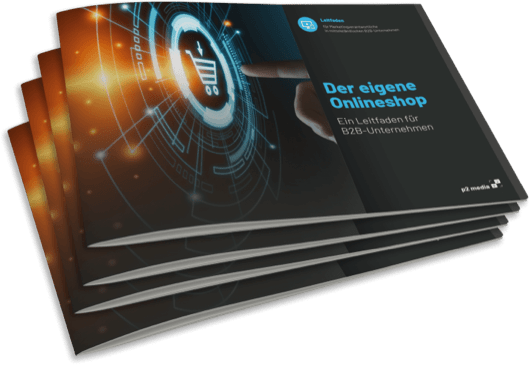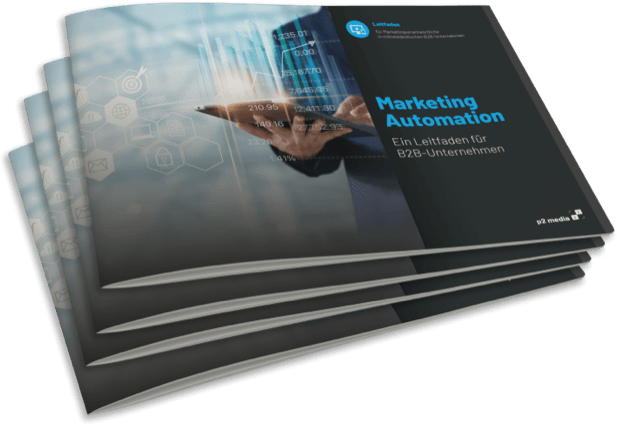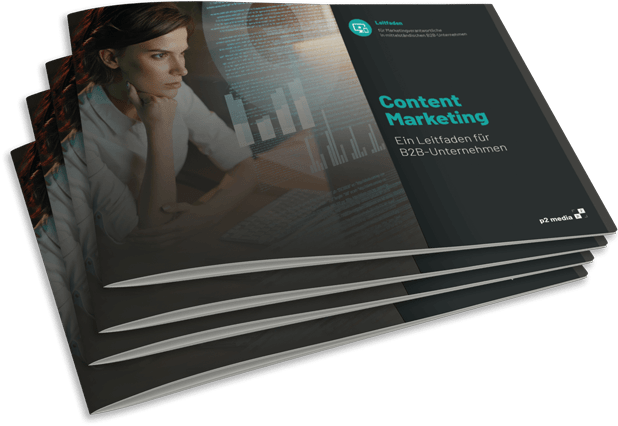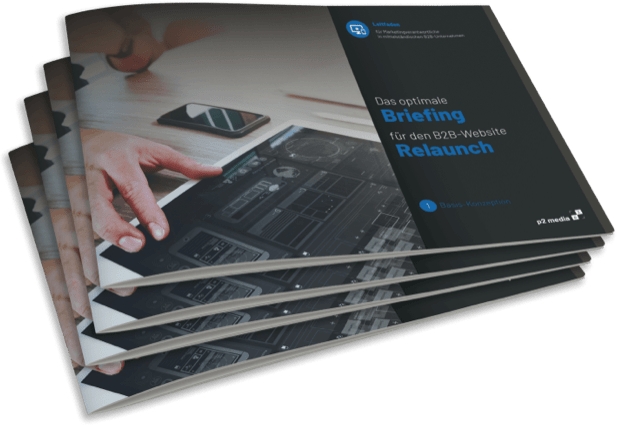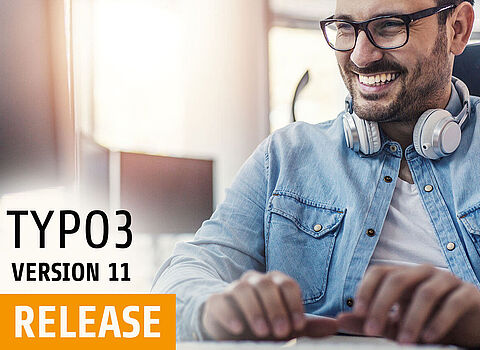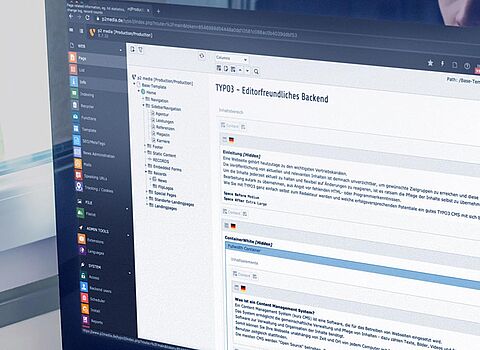The times in which the digital world was only entered via a single device are over.
In this day and age, it's just teeming with different end devices, some of which bring significant differences in format requirements with them.
In other words, it is difficult to meet all of these highly differentiating requirements with just one website layout.
But how to solve this problem? Developing ten separate websites that run parallel to each other and serve the different requirements is hardly a feasible solution - especially since it would probably go beyond any imaginable budget. This is where the Headless CMS comes into play.
Wie Headless CMS das Web Development revolutioniert
So we've learned that today's world, with all its possibilities, is very different from the early days of e-business.
Customers reach your company's website via a wide variety of ways. Be it in the office via the screen of the laptop, or on the way to an appointment via the smartphone - to name just two ways of contacting them.
As a digital business card of your company, it would be very unfavorable if the website would only be displayed correctly on one device or would show immense differences in performance due to different network capacities.
This is exactly where Headless CMS comes in and enables the dynamic playout of content with individual display options.
To understand how exactly this works, it is helpful to take a look at the technical makeup and the resulting differences.
The structure of the classic CMS
Let's start with the common CMS, which is used to run most websites.
This couples the backend and the frontend. The backend is the database and thus the heart of the entire system. It is here that basic programmatic adjustments are made that define both the performance of the system and the output in the frontend. It creates a specific mask, which serves the own template engine.
In addition, the editorial maintenance of the content happens in the backend. This principle gives the editor a lot of security through a logical and intuitive structure.
However, due to the strong dependencies and restrictions, it is very difficult to further develop the CMS flexibly and the frontend is also strongly restricted by the specification of a specific mask by the backend.
Achieve maximum flexibility with Headless CMS
The limitation of the classic CMS, is the USP of Headless. Because here the frontend can move independently of the backend . The two components are decoupled.
An API acts as an interface and grants the frontend access to the backend, which in this system acts exclusively as a large data store. The various content elements are stored here according to semantic principles - e.g. assets, links, headlines and continuous texts. Now individual frontends can be connected per device, which in turn can freely use the content elements depending on the requirements. For example, all elements are displayed on the corresponding website. On the corresponding app with smaller viewing options, however, only the headline and one asset are used.
Beyond this flexible playout option, however, other points must not go unnoticed. Because also in the daily editor and development work is significantly more flexibility and independence. Content can be added before the frontend is ready and drastic changes can be made to the frontend without affecting the backend.
Advantages and disadvantages of the Headless CMS
Of course, each CMS has various advantages and disadvantages, which must be weighed in each individual case.
However, here are the most relevant and basic points:
Advantages
- Due to the decoupling of the systems and the independent mode of operation, costs can be saved through less development effort.
- The decoupling and thus parallel development options also favor fast work and effective content distribution.
- The scalable cloud on individual servers favors a high degree of fail-safety.
- The content can be used on different platforms.
Disadvantages
- For the editor, asset management is complicated by a lack of folder structure. Thus, a semantic naming of assets and an abstract way of thinking is required.
- In addition, the lack of a WYSIWYG editor in most headless CMSs makes the editor's work enormously difficult, since the finished result of the content maintenance can be seen directly on the live system. Now and then, however, there is the possibility to additionally configure a preview function.
- Until now, the situation of hosting options is to be classified as rather difficult, since many service providers such as CaaS (Content-as-a-Service) are not necessarily DSGVO-compliant.
Why is TYPO3 in particular well suited for use as a headless CMS?
In the last lines, some advantages for the use of a Headless CMS have already emerged.
If you already have a TYPO3 CMS or plan to use one, this is not an exclusion criterion for Headless. Quite the contrary. TYPO3 is particularly well suited for this purpose. Not only is a simple connection via an existing TYPO3 Headless Extension guaranteed, but also the openness of the system in terms of various interface connections (APIs) simplifies the implementation.
In addition, a TYPO3 Headless Initiative has already been founded in 2019 within the active TYPO3 community, which is constantly promoting and expanding the function.
Especially for Progressive Web Apps (PWA), the use of the TYPO3 CMS as Headless is ideally suited. PWAs are a mixture of website and app, which can be opened without a browser window after installation, so that the interface is confusingly similar to that of a native app. The resources are stored in the cache of the Service Worker, so that use is possible even without or with a poor Internet connection, because the content is continuously loaded in the background.
CONCLUSIONS:
The headless CMS is an extremely good way to meet today's demands with the website and to perform well regardless of the device.
Nevertheless, the choice of the content management system should not be made mindlessly and far more factors than the current trends should be included in the decision-making process.
After all, even if a headless CMS is the golden solution for some companies, it doesn't mean that it will be equally suitable for your business. Therefore, make yourself aware in advance exactly which requirements the company website must meet and which functions it must contain.
We are happy to support you in making your online presence competitive and future-oriented:
- How does your website compare to your strongest competitors? We would be happy to conduct a free TYPO3 upgrade check for you and define a success-oriented target alignment together with you.
- In this context, we will advise you with our extensive know-how on the topics of user experience and user guidance on your website and help you to deliver an optimal experience to your customers.
- Our experienced web developers will be happy to implement your individual wishes - be it the development of extensions, responsive websites, apps orinterface connections.
- Need a new website? No problem. Together we will find the right content management system for you and start from scratch.
- Our support team is always available for technical and editorial support as well as regular training.
For a successful and comprehensive online strategy, we are also happy to advise you on the following topics:
Oliver Parrizas will be happy to answer any questions you may have on the subject. +49-800-911-91-91






